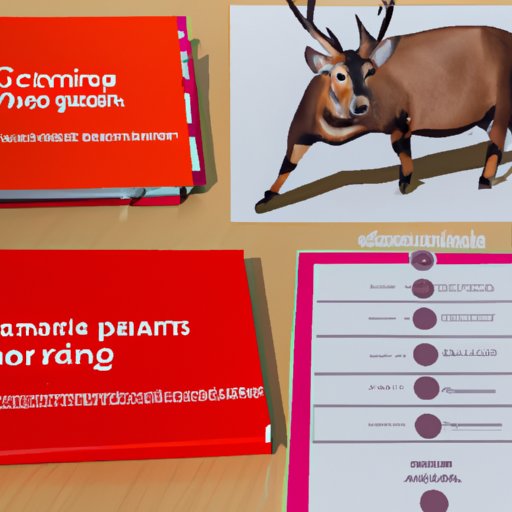Introduction
Claim Evidence Reasoning (CER) is a powerful tool that can be used to enhance scientific inquiry and help students better understand science. It is an approach to teaching and learning that encourages students to think critically about scientific evidence and draw their own conclusions. By using CER, students gain a deeper understanding of the scientific method and develop problem-solving skills, which are essential for success in STEM fields.
Benefits of CER
The use of CER in science education has many benefits. First, it promotes critical thinking and encourages students to explore scientific topics with more depth. CER also helps students learn the scientific method and develop problem-solving skills. Additionally, CER supports STEM education by providing students with a framework to apply scientific knowledge to real-world situations.
According to research from the University of Michigan, “CER allows teachers to assess higher order thinking skills in their students and helps them develop the habits of mind necessary for scientific inquiry.” This means that CER can help teachers measure student progress and evaluate student understanding of scientific concepts.
How CER Works
At the heart of CER is the investigation of evidence. Students must be able to identify relevant evidence and determine its relevance to the question or problem being studied. They must then assess the impact that this evidence has on the claim being made. This requires students to think critically about how the evidence supports or refutes the claim.
Once the evidence has been analyzed, students must then apply reasoning to reach a conclusion. This requires students to consider all the evidence available and draw logical conclusions. Through this process, students develop the skills needed to apply scientific knowledge to real-world problems.
Examples of CER in Action
There are many ways that CER can be applied to science classrooms. One way is by applying CER to experiments. Students can use CER to analyze data, draw conclusions, and make recommendations based on the results of their experiments. Additionally, CER can be used to analyze data from other studies and draw conclusions about the results.
CER can also be used to draw conclusions about scientific phenomena. For example, students can use CER to investigate the causes of climate change and draw their own conclusions about the role of human activity in the phenomenon. This type of inquiry helps students develop critical thinking skills and gain a deeper understanding of scientific concepts.
Conclusion
Claim Evidence Reasoning (CER) is an effective tool for teaching and learning science. It encourages students to think critically about scientific evidence and draw their own conclusions. CER helps students understand the scientific method and develop problem-solving skills. Additionally, CER supports STEM education by providing students with a framework to apply scientific knowledge to real-world problems. By incorporating CER into their science classrooms, teachers can help students develop the critical thinking skills they need to be successful in their academic and professional pursuits.
(Note: Is this article not meeting your expectations? Do you have knowledge or insights to share? Unlock new opportunities and expand your reach by joining our authors team. Click Registration to join us and share your expertise with our readers.)
